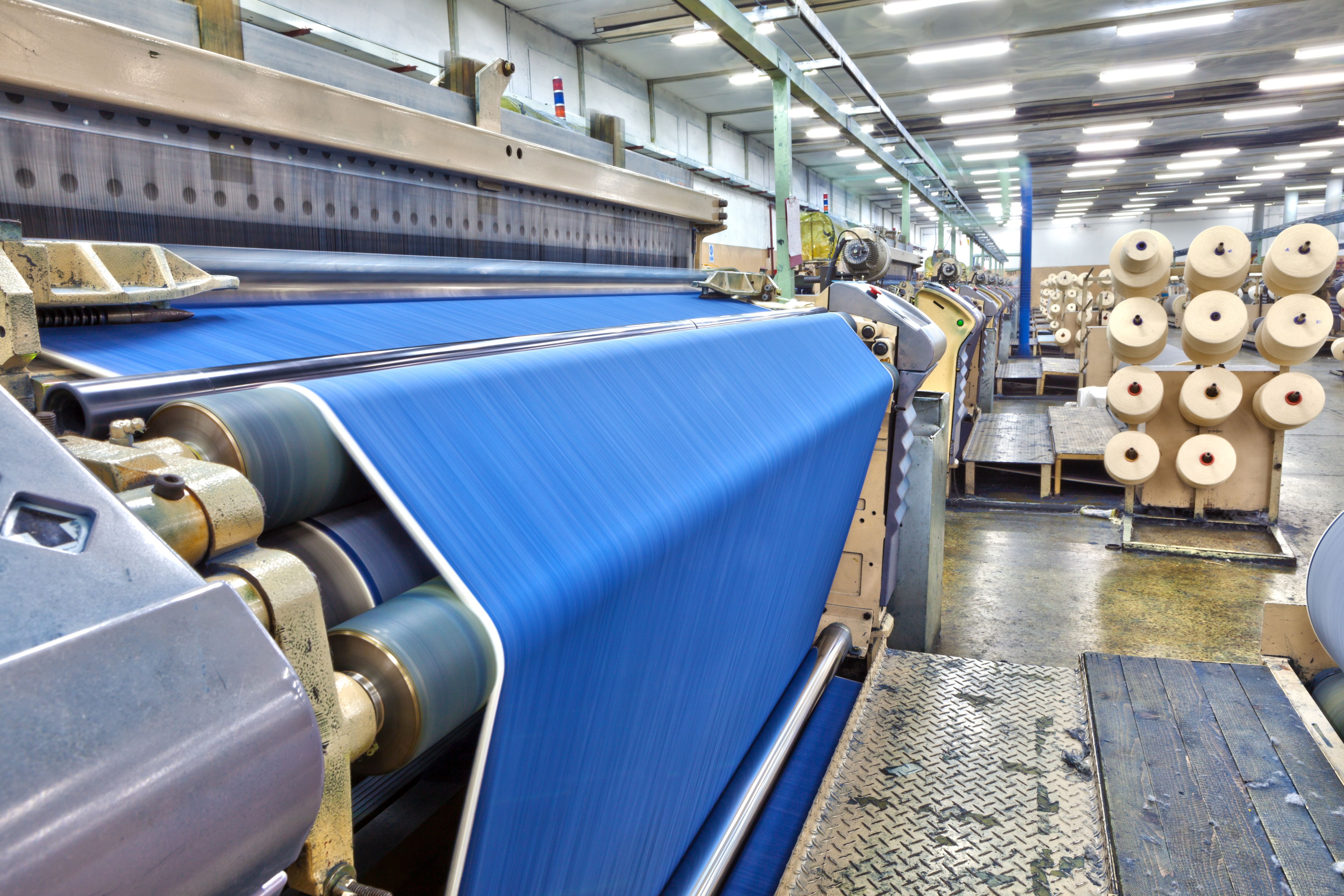Inside the Future of Baby Garment Manufacturing
Technological Advancements in Baby Garment Manufacturing
Baby garment manufacturing is witnessing transformative changes, driven by technological advancements aimed at enhancing production efficiency and sustainability. Automation and robotics are increasingly being integrated into manufacturing processes, allowing for faster and more precise sewing, cutting, and assembling of garments. This technological shift not only reduces labor costs but also ensures a high level of quality control, minimizing defects in the final products.
Additionally, digital printing technology has revolutionized fabric design, enabling manufacturers to produce vibrant and intricate patterns without the limitations of traditional methods. This allows for greater customization and personalization, meeting the growing demand for unique baby clothing options.

Sustainability: A Key Focus
As environmental concerns take center stage, sustainability has become a crucial focus in the baby garment industry. Manufacturers are increasingly adopting eco-friendly practices to reduce their carbon footprint and promote ethical production. This includes using organic and recycled materials, which not only minimizes environmental impact but also ensures the safety and comfort of the garments for infants.
Furthermore, many companies are investing in water-saving technologies and renewable energy sources to power their production facilities. These efforts contribute to a more sustainable supply chain, appealing to eco-conscious consumers who prioritize environmentally friendly products.

The Role of Data and AI in Production
The integration of data analytics and artificial intelligence is reshaping how baby garments are produced and marketed. By leveraging big data, manufacturers can gain insights into consumer preferences and trends, allowing them to tailor their offerings accordingly. AI-driven predictive models help optimize inventory levels, reducing waste and improving operational efficiency.
Moreover, AI is being used to enhance quality control measures by detecting defects early in the production process. This proactive approach ensures that only high-quality garments reach the market, thereby enhancing brand reputation and customer satisfaction.

Customization and Personalization Trends
In today's market, consumers are increasingly seeking personalized products that reflect their individual tastes and preferences. Baby garment manufacturers are responding to this trend by offering customization options that allow parents to choose colors, patterns, and even add personalized messages or names to garments. This level of personalization is made possible by advancements in digital printing and flexible production techniques.
Brands are also utilizing online platforms to offer virtual design tools that empower customers to create bespoke garments from the comfort of their homes. This not only enhances customer engagement but also fosters brand loyalty by providing a unique shopping experience.
Challenges in the Industry
Despite these advancements, the baby garment industry still faces several challenges. Supply chain disruptions, particularly those caused by global events such as pandemics or geopolitical tensions, can significantly impact production timelines and costs. Manufacturers must remain agile and adaptable to mitigate these risks effectively.
Moreover, maintaining a balance between innovation and cost-efficiency is critical, as cutting-edge technologies can be expensive to implement. Companies need to strategically invest in innovations that offer the greatest return on investment while ensuring affordability for consumers.
The Future of Baby Garment Manufacturing
Looking ahead, the future of baby garment manufacturing appears promising as technology continues to evolve. Innovations such as 3D knitting and smart textiles are on the horizon, offering exciting possibilities for producing garments with advanced functionalities like temperature regulation or health monitoring.
The convergence of technology, sustainability, and personalization is poised to redefine the industry landscape, providing opportunities for brands to differentiate themselves in a competitive market. As these trends continue to gain momentum, manufacturers that embrace change will likely thrive in this dynamic environment.

